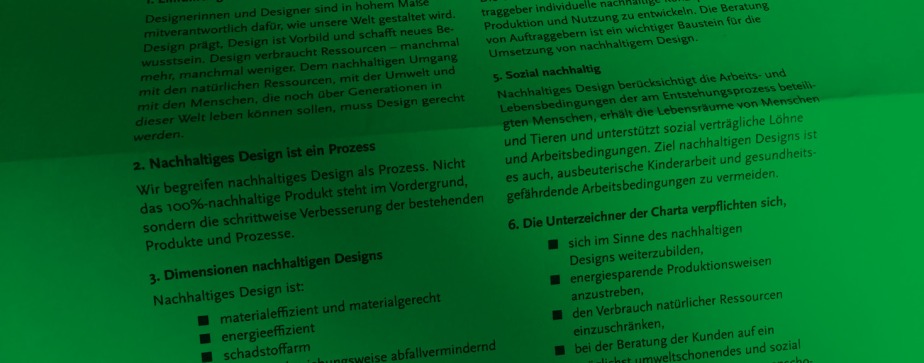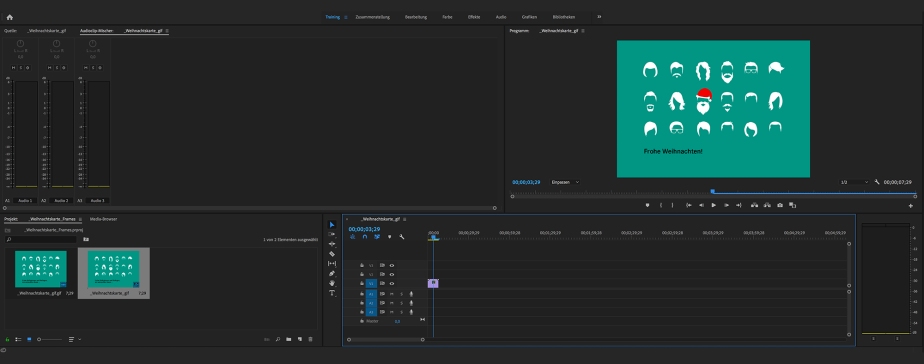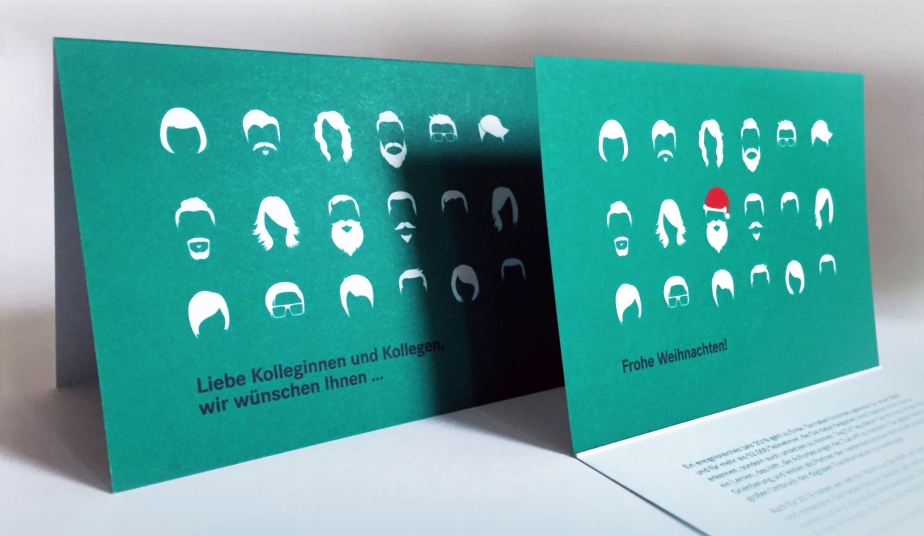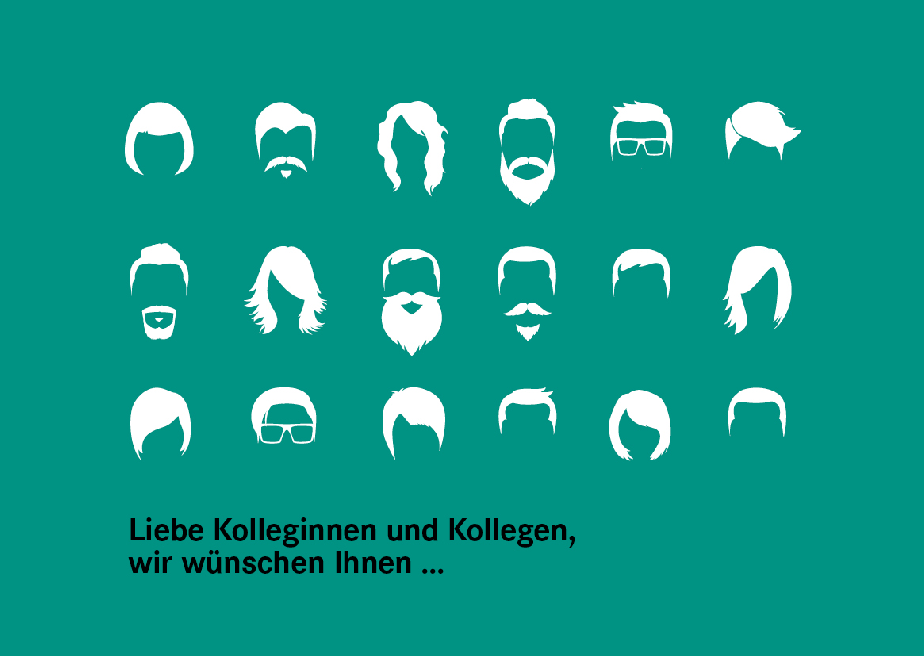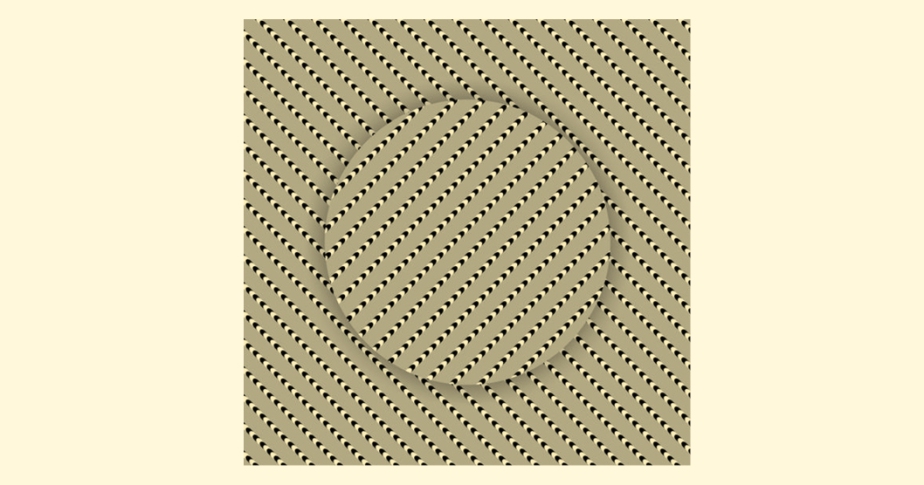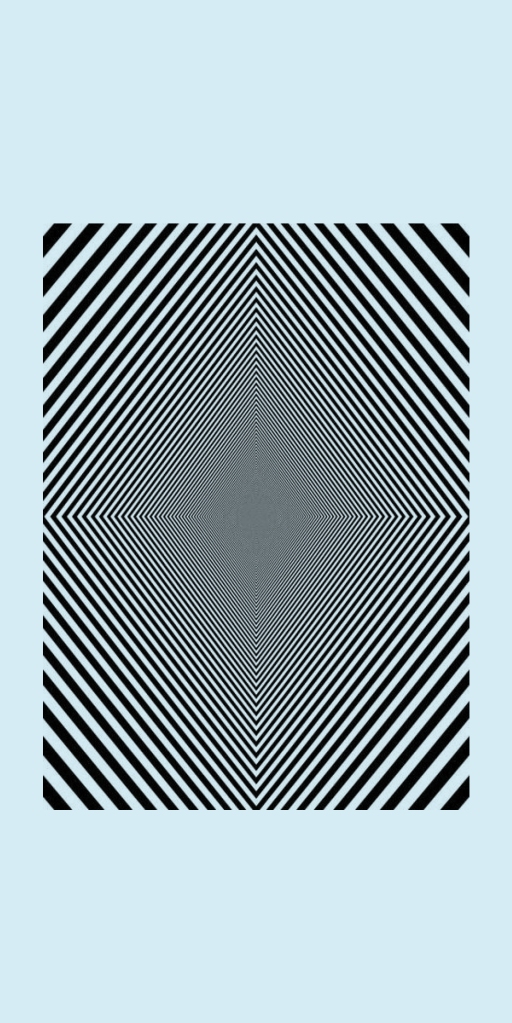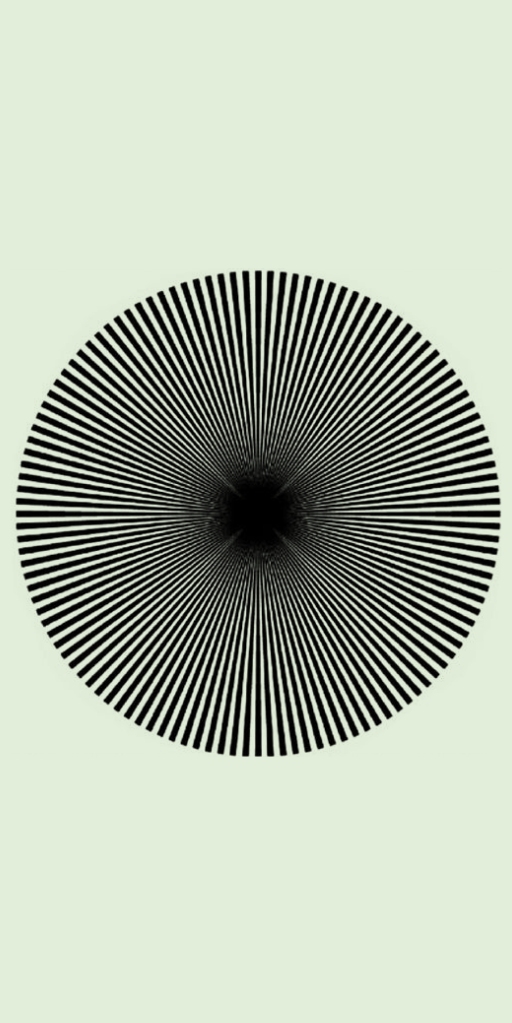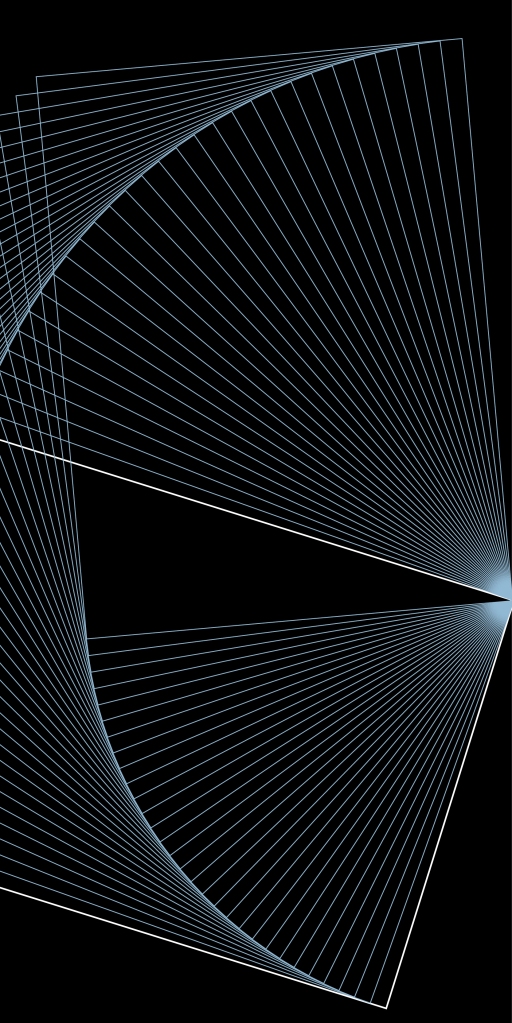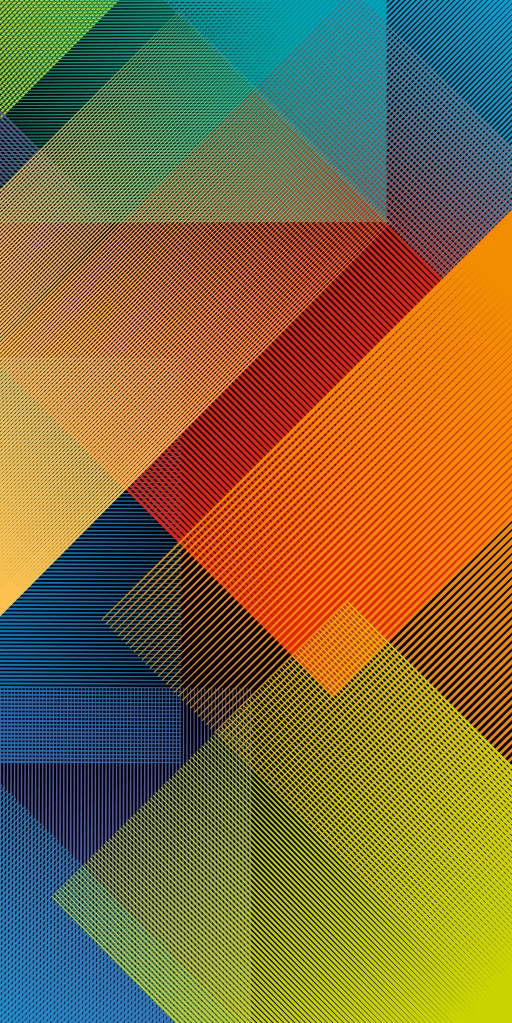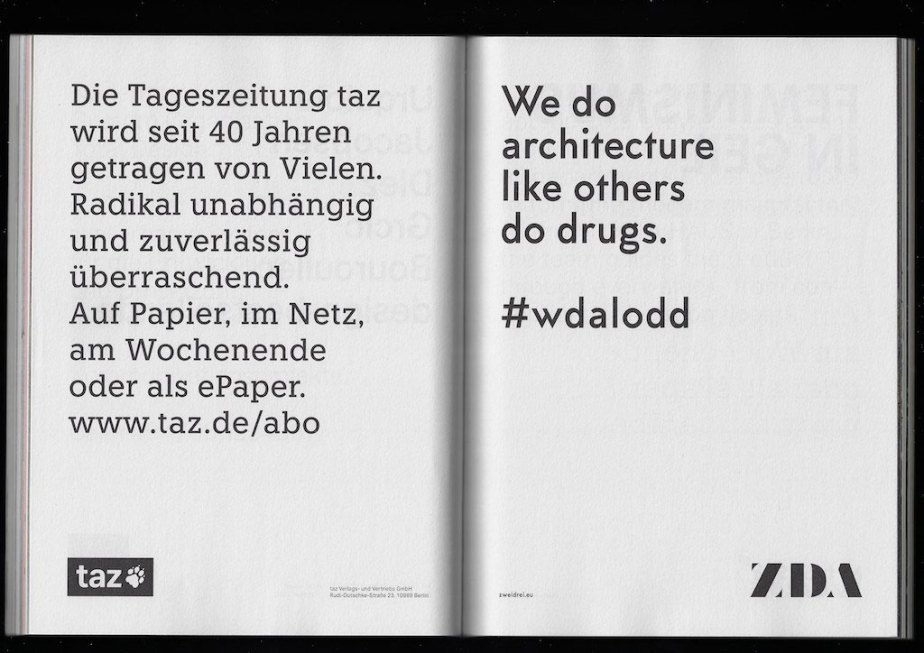Die Materialien die sich die Zielgruppe oder meine Kunden wünschen (und wir umsetzen) sind selten 100% umweltfreundlich. Doch nachhaltiges Design ist ein Prozess und als Designerin kann ich beraten und zumindest Realisierungsvorschläge geben, mit denen wir durch Konzeption und Gestaltung Produkte auf den Markt bringen, die in der Produktion umweltfreundlicher sind, weniger Materialverbrauch haben und wiederverwertbarer sind.
Immer häufiger erreichen wir unsere Zielgruppe über Social Media oder mit Online Ads, wir benutzen Veranstaltungs-App statt Programmheft oder rufen benötigte Informationen im Web ab, anstatt einen Katalog zu bestellen. Allerdings hat digitales Design noch immer nicht so die Druckprodukte ersetzt, wie wir es vor gut 10 Jahren noch erwartet hätten – wenn auch nur, um den Erstkontakt herzustellen oder auf digitale Informationen hinzuweisen.
Egal welches Produkt Sie planen – Wir haben viele Ideen und Vorschläge, wie man dieses nachhaltiger umsetzen kann. Hier sind erste Beispiele für Konzeption und Produktion von Druckmaterialien:
Beispiel 1: Bei Broschüren, die mehrmals jährlich erscheinen, könnten bleibende Informationen in einem Heft gedruckt werden und dann durch eine Mappe oder mit einem Einleger ergänzt werden, der die aktuellen Informationen enthält. Da viele Druckmaterialien vorsorglich (oder unwissentlich) in zu großen Auflagen gedruckt werden, können diese Hefte dann auch für den nächsten Turnus wiederverwendet werden und nur die Informationen, die sich geändert haben, müssten ergänzt werden.
Beispiel 2: Mit Verweise auf weitere Informationen im Web (link oder QR-Code) kann man viele Seiten einsparen. Außerdem sollten Druckmaterialien nicht nur zum Versand, sondern auch zum Download oder als PDF zum Empfang via E-Mail angeboten werden = Das schont die Umwelt UND das Budget.
Beispiel 3: Löchert eure Druckerei mit Fragen nach…
- Papier: Recyclingmaterial / Papier aus nachhaltiger Waldwirtschaft
- Farbe: Auf pflanzenölbasis, kobaltfrei und ohne Mineralölanteil
- Verzicht auf Isopropanol als Feuchtmittelzusatz
- Wird Strom für die Produktion aus erneuerbaren Energien gewonnen
- Werden Wertstoffe in den Verwertungskreislauf zurückgeführt
Mein Fazit: Neben den offensichtlichen Vorteilen für die Umwelt, führen nachhaltige Konzepte immer auch zum Image-Gewinn unserer Kunden und günstiger sind sie teilweise sogar auch!
Was sind eure Top-Tipps für nachhaltigere Produktion und Unternehmensorganisation?
Ich habe die AGD-Charta für nachhaltiges Design unterschrieben. Hier könnt ihr es mir gleichtun: PDF
Für lokale Druckproduktion z.Bsp.: Umweltdruckhaus in Hannover / Oeding Print in Braunschweig
Hier noch ein interessanter Artikel über Werbematerialien, die mit Algentinte gedruckt wurden: Patagonia Reieseführer
Thanks for stopping by. Please stay in touch by following my blog here.
